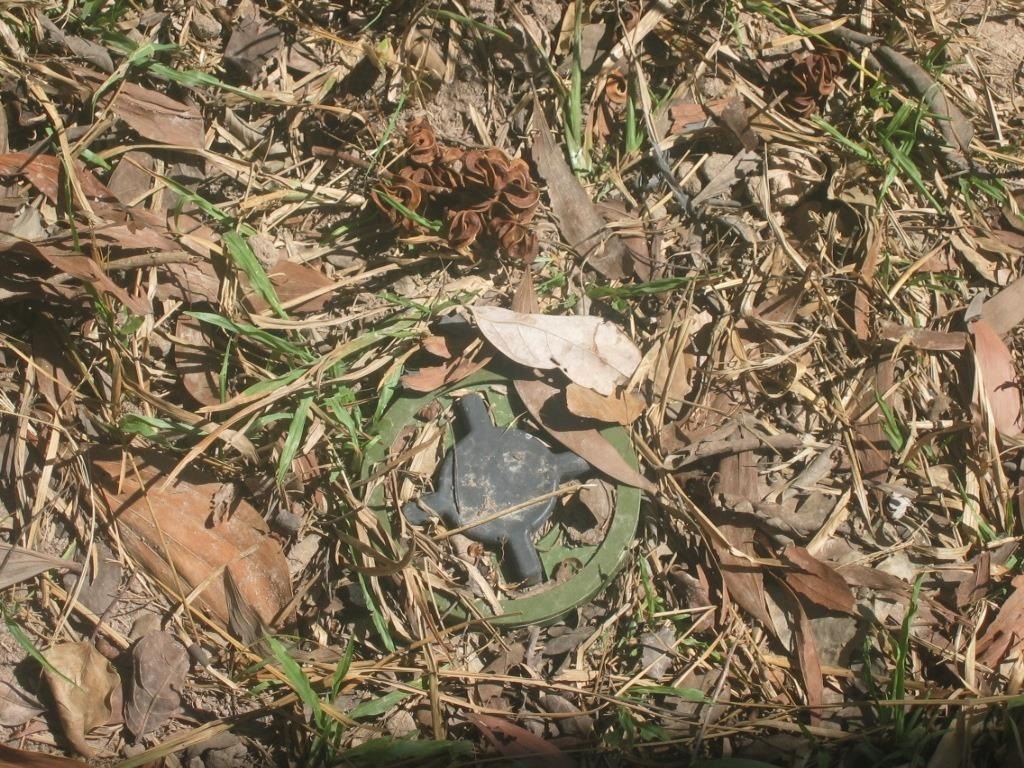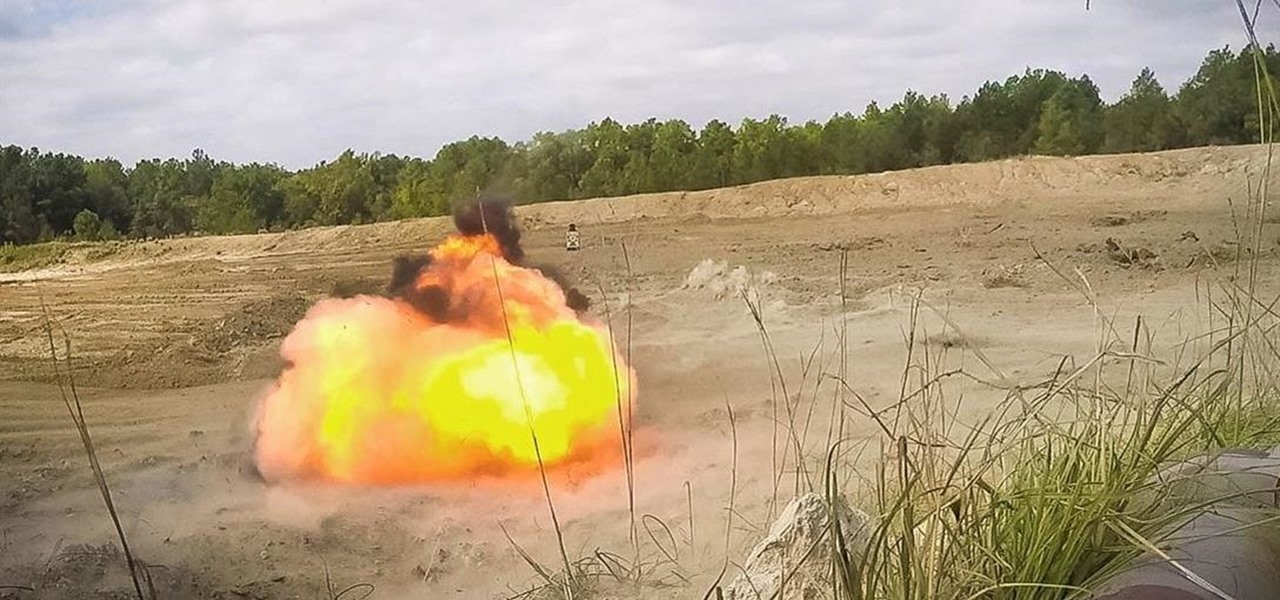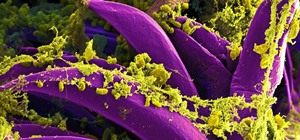Devastating and deadly, land mines are a persistent threat in many areas of the world. Funding to clear regions of land mines has been decreasing, but new research may offer a less dangerous method of locating hidden, underground explosives by using glowing bacteria.
There are two types of land mines — anti-vehicle and anti-personnel devices — which are usually factory-made for military purposes.
The Mine Ban Treaty is a global treaty intended to reduce the use and manufacturing of all types of anti-personnel mines, not just land mines. While most nation states do not deploy anti-personnel mines anymore, non-state armies and militias, as well as terrorist groups, frequently build improvised explosive devices (IEDs) targeting people and vehicles.
Many land mines are also left over from older conflicts, considered unexploded ordnances (UXOs), and their locations are unmarked in lands that are now being used for other purposes.
Latest figures on the injury and casualties caused by land mines are grim. UNICEF reports 15,000 to 20,000 people are maimed or killed each year by land mines and other UXOs. Victims often lose limbs, eyes, and hearing, as well as suffering traumatic brain injury. Regions most impacted by (military and non-military) land mines include Egypt, Iran, Afghanistan, China, Cambodia, Mozambique, Bosnia, Croatia, and others.

A 2016 report notes 6,461 people were injured by anti-personnel UXOs and IEDs in 2015, and 1,672 were killed — an increase of 75% from 2014. Most of the victims are civilians, with children representing 38% and women accounting for 14% of the victim count. More than 85% of children injured by land mines and IEDs die before receiving medical treatment.
Land mines can be detected currently with metal detectors (though, some mines are made of plastic), TNT-sniffing dogs and rats, and even slowly (and dangerously) by hand by prodding the soil, but it remains a costly expenditure for governments and safety groups.
Described in the journal Nature Biotechnology, researchers from the Hebrew University combined bacteria and lasers to offer a less dangerous, but effective, option for locating and mapping buried explosive devices. In a press release, study author Shimshon Belkin said that their "field data show[s] that engineered biosensors may be useful in a landmine detection system."
One of the primary components of most land mines is TNT. In the late 1990s, scientists found that TNT gives off a vaporous residue that remains in the soil around a buried land mine or another explosive device. To take advantage of that marker, the research team engineered a non-pathogenic (meaning it won't make people sick) strain of Escherichia coli (E. coli) that can act as a "bacterial TNT sensor."
The genetically engineered bacteria carry a protein gene that causes them to fluoresce in color when in the presence of TNT residue. The fluorescent signal is then scanned by a specialized, remote-detection laser system.

To test the system, the researchers buried deactivated anti-personnel land mines in a site and mechanically spread their bacterial biosensor beads over the area. From a distance of about 20 yards, a computer-controlled scanning platform surveyed the target site for approximately 15 minutes. The results of the test were impressive:
- Each explosive target buried in sand was identified by the scanner, regardless of the explosive device used, or its packaging.
- A control target that had no explosive charge was not detected.
- The scanner failed to detect four explosive targets buried in garden soil. This failure could have been because of increased organic matter in the soil, or the short amount of burial time of five days did not provide enough residual buildup for the bacteria to detect them. Others had been underground for three and five months.

Beyond detecting buried land mines, this technology, and the bacteria that drive it, hold real promise in a number of ways. In an email to Invisiverse, Belkin suggested that this approach could be used to detect other types of explosives, environmental pollution, radioactive hotspots, or tainted water.
Co-author Aharon J. Agranat agreed in an email to Invisiverse:
The point being is that microbes can be engineered to detect a very wide range of substances. However, the hardware for evaluating their activity is the same, regardless of the specific substance they are engineered to monitor.
This makes them very attractive to be the basis for an outdoor deployable network of sensors that can be used to monitor in parallel a multitude of different substances, be it the water supply systems, the monitoring and mapping of evolving 'Spill' events, the presence of hazardous materials along the production line of food manufacturing industry, etc. The technology demonstrated in this research can change significantly our 'handle' on our living environment bringing to our attention in real-time occurrences that require immediate attention.
TNT is the most widely used explosive for anti-personnel mines, but there are other explosives used in land mines, IEDs, and other UXOs, such as RDX, Semtex, etc., so this sounds promising for being an all-around detection system for any type of hidden explosive device — even ones that use more homemade solutions such as ammonium nitrate.
Agranat also noted that this type of system could be faster than relying on brick-and-mortar laboratories for real-time surveillance and detection. While it's faster than carting samples into a lab, it wouldn't work in situations that required immediate answers, such as screening of airport passengers, Belkin said.
After this successful trial, the research team has plans to improve biosensor sensitivity and stability, improve scanning speed and accuracy over larger areas, and possibly incorporate the technology into unmanned drones, as well as other operational scenarios.
From dangerous pathogen to bacterial biosensor in a wide variety of applications, E. coli may save lives instead of taking them.
Just updated your iPhone? You'll find new emoji, enhanced security, podcast transcripts, Apple Cash virtual numbers, and other useful features. There are even new additions hidden within Safari. Find out what's new and changed on your iPhone with the iOS 17.4 update.



























Be the First to Comment
Share Your Thoughts